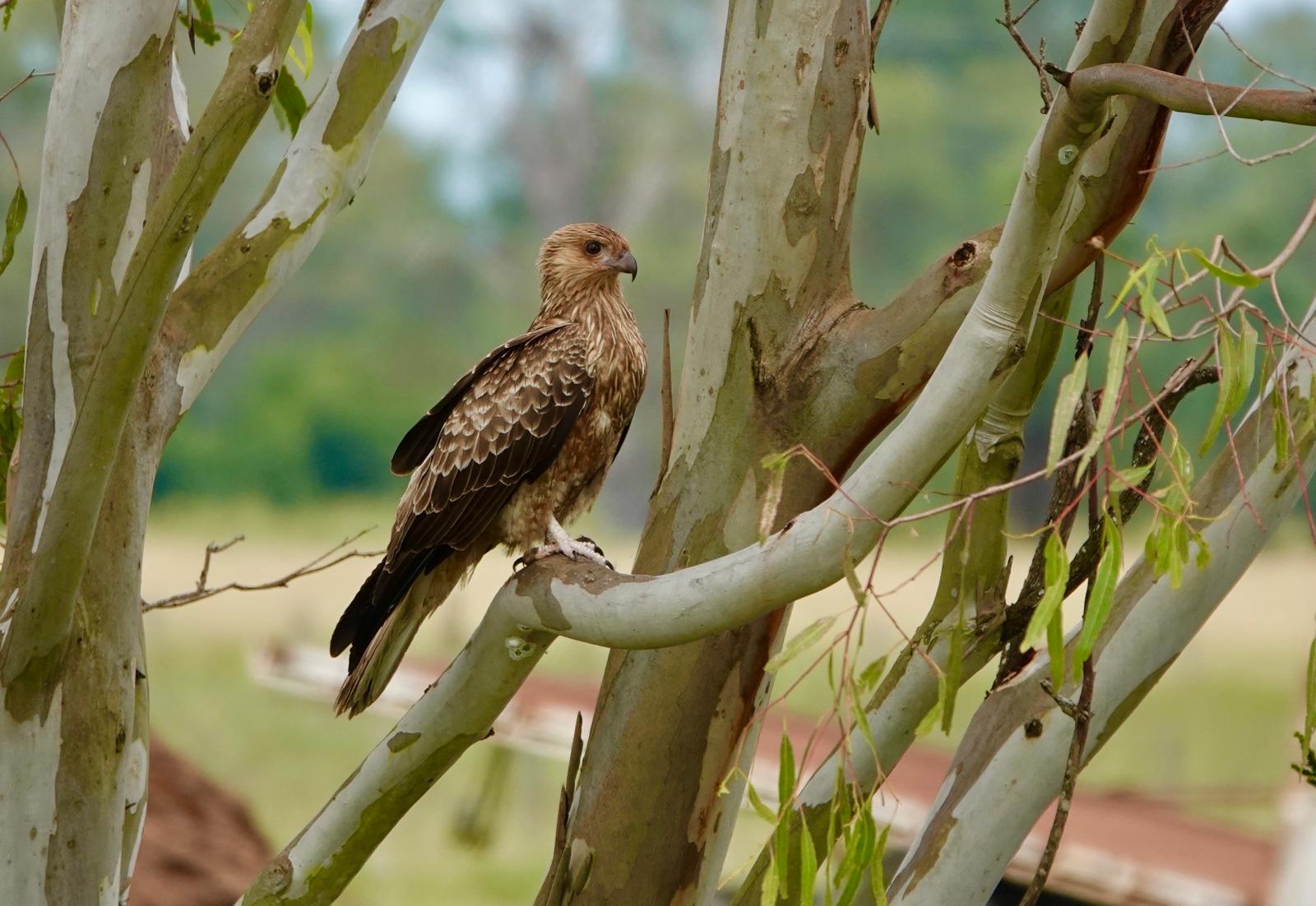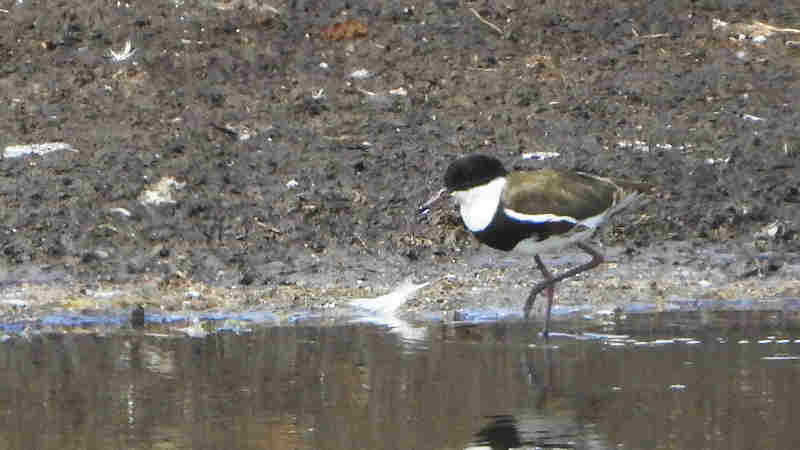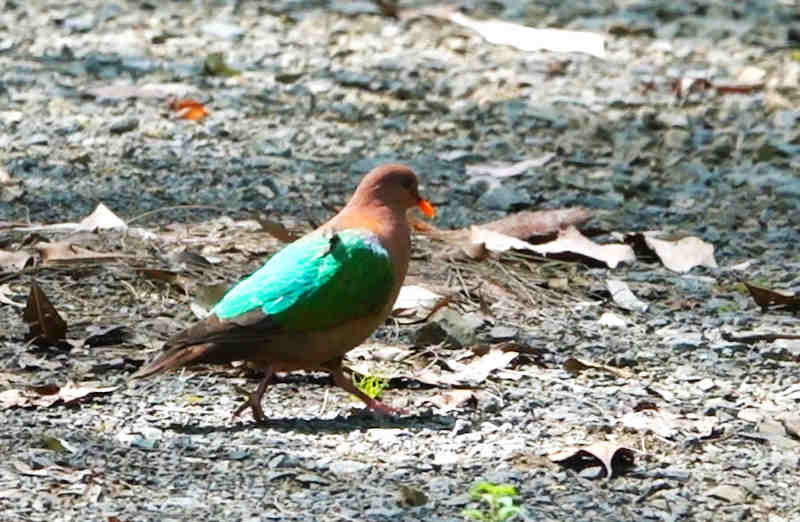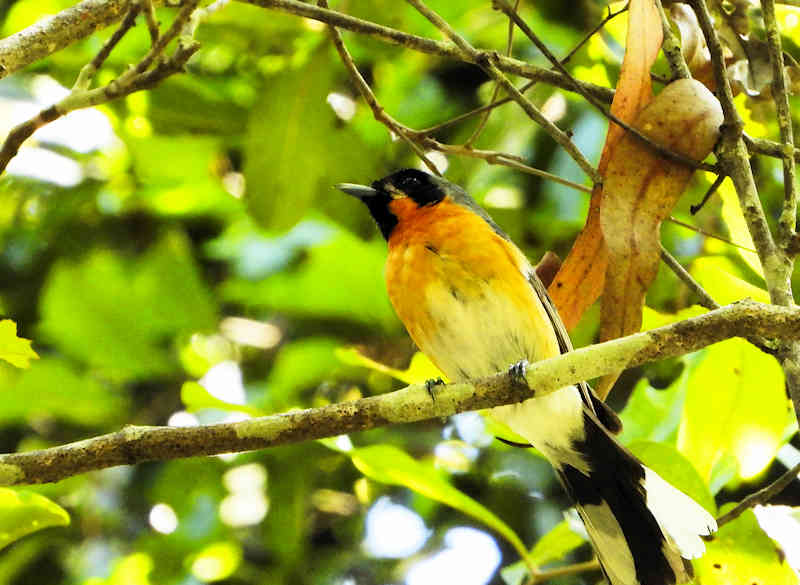Sulphur-crested Cockatoo (Cacatua galerita)

Australia’s avian diversity is as captivating as it is diverse, but few birds capture the hearts of both locals and visitors quite like the Sulphur-crested Cockatoo (Cacatua galerita). These striking and intelligent parrots are celebrated for their distinctive appearance, remarkable behaviors, and wide distribution across Australia. In this article, we’ll delve into the captivating world of Sulphur-Crested Cockatoos, exploring their unique characteristics, behaviors, and the essential role they play in Australia’s ecosystems.
Distinctive Appearance
Sulphur-crested Cockatoos are renowned for their striking plumage and charismatic features. These large parrots exhibit predominantly white feathers, with the striking sulfur-yellow crest on their head as their defining characteristic. Their yellow plumage extends to the feathers under their wings, creating a vivid contrast against their coal-black beaks and dark eyes. Adult Sulphur-crested Cockatoos typically measure around 45 to 50 centimeters in length, making them one of Australia’s largest parrot species.
Behavior and Social Structure
One of the most endearing qualities of Sulphur-crested Cockatoos is their highly social and playful nature. They often form tight-knit flocks that can range from a few individuals to large gatherings of several dozen birds. These flocks serve multiple purposes, including protection against predators, sharing information about food sources, and engaging in communal activities.
Sulphur-crested Cockatoos are known for their intelligence and curiosity. They are expert problem solvers and have been observed using tools to access food and solve puzzles. In captivity, they have even demonstrated the ability to mimic human speech and sounds.
Sulphur-crested Cockatoo seen near the Brisbane Botanical Gardens
Feeding Habits
The diet of Sulphur-crested Cockatoos is diverse and includes seeds, fruits, nuts, flowers, and even insect larvae. They are often seen foraging on the ground, using their powerful beaks to crack open nuts and seeds. In the wild, their foraging activities help shape the composition of plant communities by dispersing seeds, making them essential for the regeneration of certain plant species.
Ecological Significance and Conservation Status
Sulphur-crested Cockatoos are not currently listed as a threatened species; however, they do face some challenges, primarily habitat loss and urbanization. In urban areas, they can sometimes be seen as pests, as they may damage trees and buildings, leading to conflicts with human interests.
Despite these challenges, these iconic parrots hold significant ecological importance. Their role in seed dispersal contributes to the health and diversity of their ecosystems, and their presence serves as an indicator of environmental changes.
Conclusion
Sulphur-crested Cockatoos are more than just charismatic avian celebrities in Australia; they are essential components of the country’s rich natural heritage. Their distinctive appearance, playful behaviors, and vital ecological roles make them a species that captures the imagination of bird enthusiasts and nature lovers alike. Understanding and conserving their habitats and coexisting with these intelligent and sociable parrots will ensure that future generations can continue to appreciate the captivating presence of Sulphur-crested Cockatoos in Australia’s diverse ecosystems.
We are affiliated with Amazon and make a small royalty at no extra cost to you, so by using the links below to purchase your next birding gear you can help us to maintain Simply Birding and continue to bring great content:

Canon, Sony and Nikon cameras: https://amzn.to/4gmtDWk

Lenses for bird photography: https://amzn.to/3WG3vyF

Tripods: https://amzn.to/3PVDNT0

Memory Cards: https://amzn.to/3PV4Y0z

Bird books: https://amzn.to/42NgsKS

Binoculars for bird watching: https://amzn.to/42G0nGZ

Spotting Scopes for bird watching: https://amzn.to/4hom5nq















